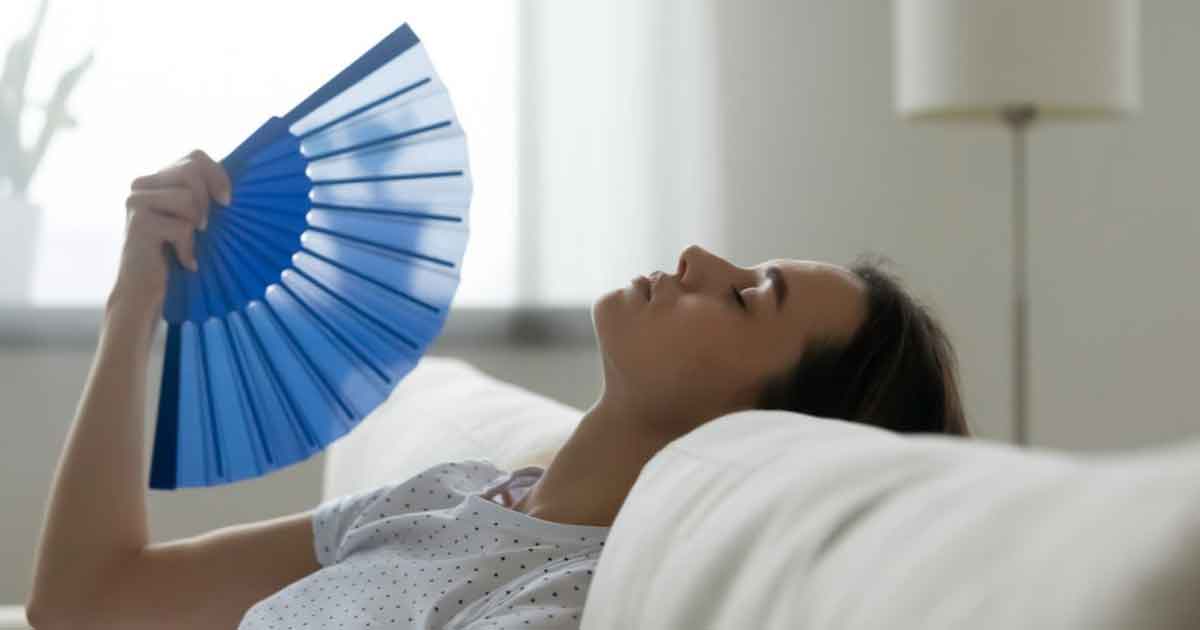True Cellular Formulas Team - January 25, 2024
Detox Your Home in 2024
Embrace a Healthier Living Space with Top 5 Non-Toxic Home Swaps

In recent years, we've become increasingly aware of the environmental toxins lurking in our homes. From the air we breathe to the water we drink, our living spaces are often filled with hidden chemicals that can impact our health and well-being. As we step into 2024, it's time to consider detoxing our homes, replacing everyday items with healthier, non-toxic alternatives. This guide will walk you through the top five non-toxic home swaps to create a safer, cleaner, and greener living environment for you and your family.
1. Embracing Natural Air Fresheners
The allure of a fresh-smelling home is undeniable, but many commercial air fresheners contain a cocktail of chemicals that can be harmful to our health. These synthetic fragrances can trigger allergies, respiratory problems, and other health issues.[1] Instead, let's turn to nature's bounty for safer alternatives.
- Vanilla Beans: These aromatic delights aren't just for baking! Placing a few vanilla beans around your home can infuse your space with a warm, comforting scent. You can even create your vanilla extract by soaking the beans in a carrier oil for a more potent fragrance.
- Coffee: Who doesn't love the smell of fresh coffee in the morning? Ground coffee can absorb and neutralize odors, making it a fantastic natural air freshener. Place a bowl of fresh ground coffee in areas prone to odors, like the kitchen or bathroom, and let its robust aroma work its magic.
- Essential Oils: All-natural essential oils offer a wide range of natural scents, from calming lavender to refreshing citrus. When using essential oils, it's important to use them responsibly. A few drops in a diffuser can spread a pleasant aroma throughout your home without the risks associated with synthetic fragrances.
2. Choosing an Organic Bed
Most of us spend about a third of our lives sleeping, but have you ever considered what you're sleeping on? Traditional mattresses often contain volatile organic compounds (VOCs) and toxic flame retardants that can off-gas harmful chemicals into your bedroom.[2-3] An organic bed is a healthier alternative.
- Benefits of Organic Materials: Organic mattresses are made from natural materials like organic wool, cotton, or latex, which are free from harmful pesticides and chemicals. These materials are not only better for your health but also more environmentally friendly.
- Choosing the Right Organic Bed: When shopping for an organic mattress, look for certifications like GOTS (Global Organic Textile Standard) or GOLS (Global Organic Latex Standard). These certifications ensure that the mattress meets strict environmental and health standards. Additionally, consider the firmness, support, and comfort that suit your sleeping preferences.
3. Ensuring Clean Water at Home
Water is essential for life, but the water flowing from our taps often contains contaminants like chlorine, lead, and other harmful chemicals.[4] Ensuring that your drinking water is clean and toxin-free is crucial for your health.
- Spring Water: If you have access, spring water is a natural source of clean, mineral-rich water. However, it's important to ensure the spring is tested and free from contaminants.
- Filtered Water: Installing a water filter at home can significantly reduce the number of contaminants in your tap water. From activated carbon filters to more advanced reverse osmosis systems, there are various options to suit different needs and budgets.
- Reverse Osmosis: This water purification method is highly effective in removing a wide range of contaminants, including dissolved salts and bacteria. While it requires installation and maintenance, a reverse osmosis system can provide you with clean, pure water straight from your tap.
4. Improving Indoor Air Quality
The air inside our homes can be more polluted than outdoor air, containing everything from dust mites to chemical vapors.[5] Improving indoor air quality is vital for our health, especially for those with allergies or respiratory issues.
- Ventilation: One of the simplest ways to improve indoor air quality is by increasing ventilation. Regularly opening windows to let fresh air circulate can help reduce the concentration of indoor pollutants. Even just a few minutes a day can make a significant difference.
- Air Filters: Using an air purifier with a HEPA filter can effectively capture and remove airborne particles, including allergens, dust, and even some viruses. Remember to maintain your air filter according to the manufacturer's instructions to ensure its effectiveness.
- Plants as Natural Air Purifiers: Incorporating houseplants into your decor not only adds beauty but can also help purify the air. Plants like spider plants, peace lilies, and Boston ferns are known for their air-purifying abilities, making them excellent additions to any home.
5. Non-Toxic Laundry Practices
Many conventional laundry detergents and fabric softeners contain chemicals that can be harmful to our skin and health.[6] Adopting non-toxic laundry practices is a simple yet effective way to reduce your exposure to these chemicals.
- Safe Detergents: Look for laundry detergents with plant-based ingredients and without synthetic fragrances or dyes. These natural detergents are just as effective at cleaning clothes but are much gentler on your skin and the environment.
- Vinegar in Laundry: White vinegar is a fantastic natural fabric softener and can also help to remove soap residue and odors from clothing. Just add a half cup to your rinse cycle as a safe and eco-friendly alternative to conventional fabric softeners.
- Wool Dryer Balls: Replace dryer sheets with wool dryer balls. These natural alternatives can reduce drying time, soften clothes, and can be reused for years, making them an eco-friendly and cost-effective solution.
Summary
Detoxing your home doesn't have to be overwhelming. By making these top five non-toxic home swaps, you can significantly reduce your exposure to harmful chemicals and create a healthier living environment. Remember, small changes can lead to significant health benefits. We encourage you to start this journey towards a cleaner, greener home and share your experiences and additional tips with our community.
- Rádis-Baptista, Gandhi. “Do Synthetic Fragrances in Personal Care and Household Products Impact Indoor Air Quality and Pose Health Risks?.” Journal of xenobiotics vol. 13,1 121-131. 1 Mar. 2023, doi:10.3390/jox13010010
- Beckett, E.M., et al. “Evaluation of Volatile Organic Compound (VOC) Emissions from Memory Foam Mattresses and Potential Implications for Consumer Health Risk.” Chemosphere, vol. 303, 2022, p. 134945, doi:10.1016/j.chemosphere.2022.134945.
- “Flame Retardants.” National Institute of Environmental Health Sciences, U.S. Department of Health and Human Services, www.niehs.nih.gov/health/topics/agents/flame_retardants.
- Levin, R., Villanueva, C.M., Beene, D. et al. US drinking water quality: exposure risk profiles for seven legacy and emerging contaminants. J Expo Sci Environ Epidemiol (2023). https://doi.org/10.1038/s41370-023-00597-z
- “The Inside Story: A Guide to Indoor Air Quality.” EPA, Environmental Protection Agency, www.epa.gov/indoor-air-quality-iaq/inside-story-guide-indoor-air-quality.
- Warne, M S, and A D Schifko. “Toxicity of laundry detergent components to a freshwater cladoceran and their contribution to detergent toxicity.” Ecotoxicology and environmental safety vol. 44,2 (1999): 196-206. doi:10.1006/eesa.1999.1824



